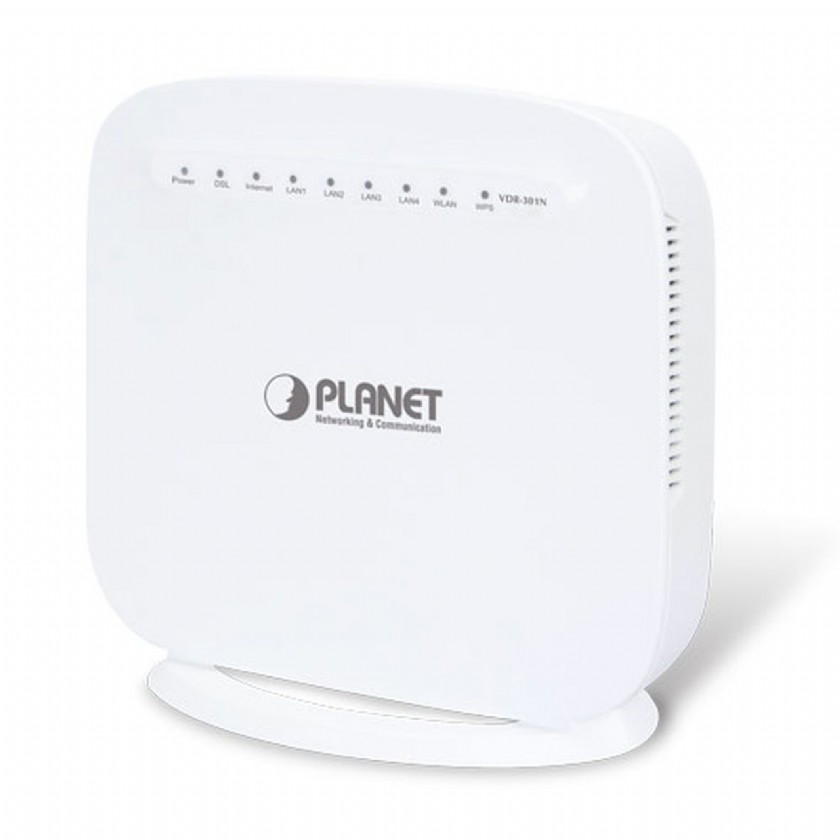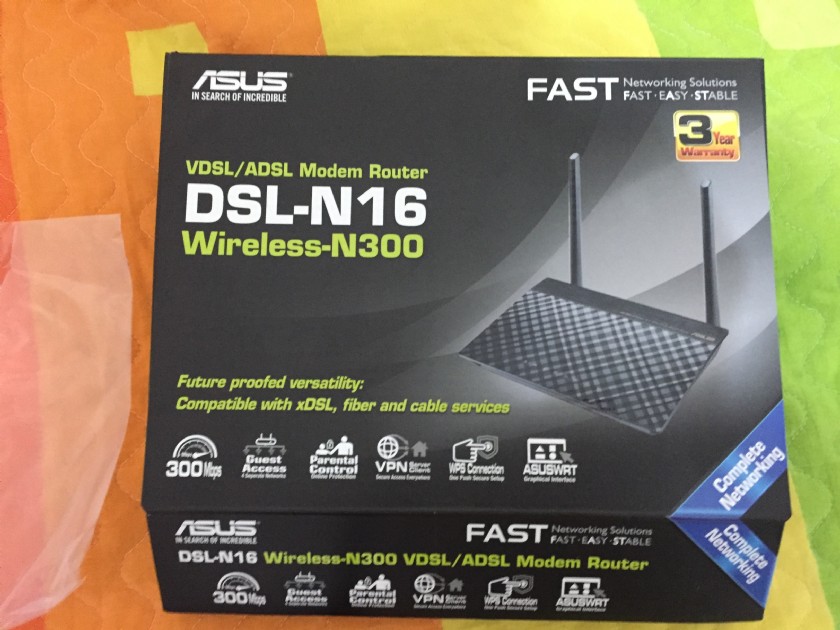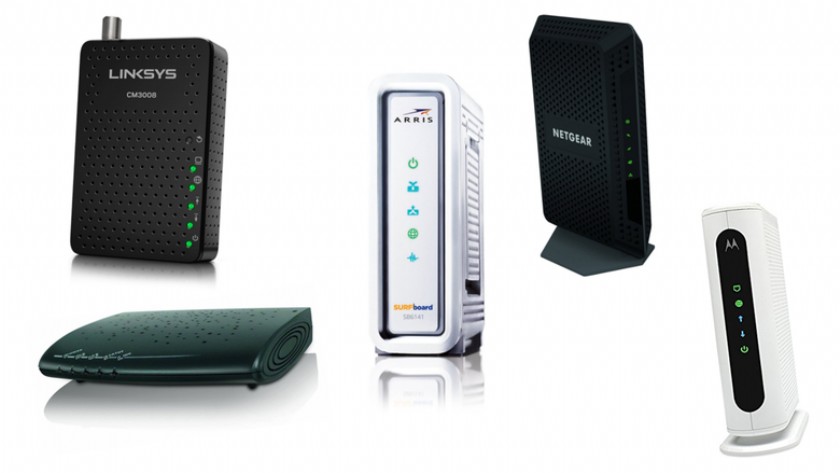Wireless Network Configuration
In today's digital era, wireless networks have become indispensable in both residential and commercial environments. Configuring a wireless network properly is essential to ensure seamless connectivity, security, and optimized performance. Understanding the basics of wireless network configuration is crucial for setting up a network that meets your specific requirements.
Understanding Wireless Network Configuration
Wireless network configuration refers to the process of setting up and customizing your wireless network for optimal performance. It involves configuring various components such as the wireless router, access points, security settings, network name, and password.
Key Steps in Wireless Network Configuration:
1. Choosing the Right Router
The wireless router is the heart of your network. It acts as a central point for all wireless devices to connect. When selecting a router, consider features such as signal strength, range, compatibility with devices, and security options. Ensure it supports the latest wireless protocols, such as Wi-Fi 5 (802.11ac) or Wi-Fi 6 (802.11ax), for enhanced performance.
2. Securing Your Network
Network security is of utmost importance to protect your sensitive data and prevent unauthorized access. Configure strong encryption protocols, such as WPA3, and set a unique password to secure your network. Avoid using common or easily guessable passwords. Additionally, consider enabling a firewall and disabling remote administration to add an extra layer of security.
3. Customizing Network Settings
Customize your wireless network settings to enhance performance and cater to your specific needs. Set a unique network name, also known as the Service Set Identifier (SSID), to identify your network among others. You can also choose the appropriate wireless channel to minimize interference and maximize signal strength. Moreover, adjusting other settings like Quality of Service (QoS) ensures prioritization of bandwidth for specific applications.
4. Extending Network Coverage
In larger areas or multi-story buildings, a single wireless router may not cover the entire space adequately. In such cases, consider using additional wireless access points or range extenders to extend the network's range and ensure consistent connectivity throughout. These devices can be strategically placed to eliminate dead zones and improve signal quality.
5. Regular Firmware Updates
Keep your wireless router's firmware up to date. Manufacturers release periodic updates that patch security vulnerabilities, enhance performance, and add new features. Regularly checking for firmware updates is vital to maintain the stability and security of your wireless network.
Conclusion
Configuring a wireless network correctly plays a crucial role in achieving optimal performance, security, and coverage. By following the key steps outlined above, users can create a reliable and secure wireless network that caters to their specific needs.







 159
159